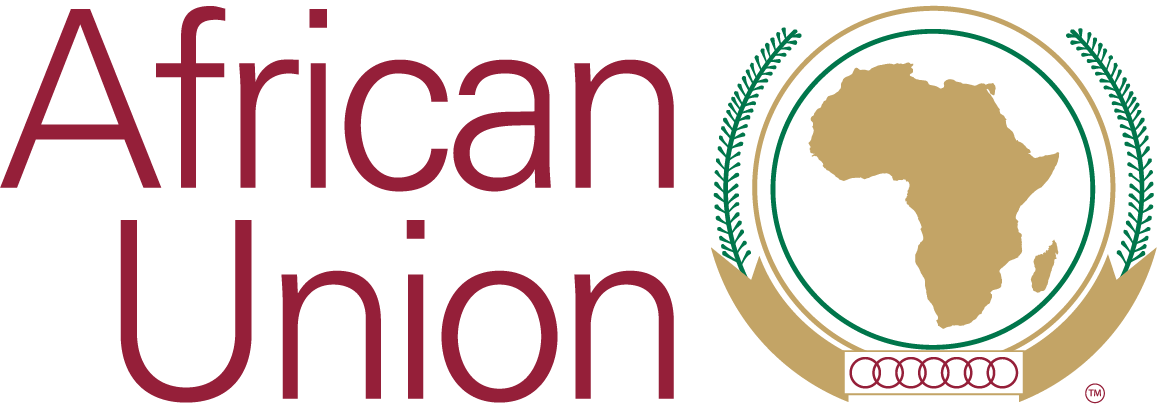Key Resources
- September 10, 2024
- July 24, 2024
- July 21, 2024
- May 13, 2024
- May 13, 2024
- May 09, 2024
- February 14, 2024
- January 12, 2024
- September 10, 2023
- July 16, 2023
- May 12, 2023
- January 20, 2022
- Page 1
- ››
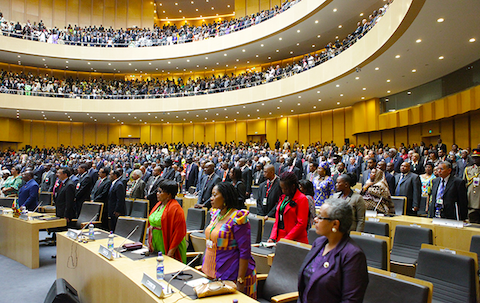
Promoting Africa’s growth and economic development by championing citizen inclusion and increased cooperation and integration of African states.
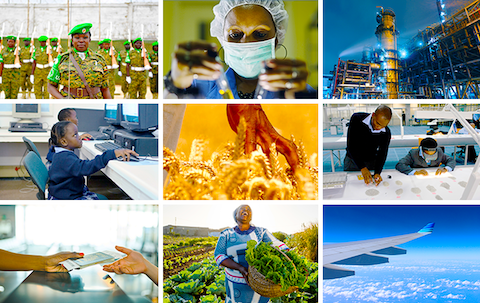
Promoting Africa’s growth and economic development by championing citizen inclusion and increased cooperation and integration of African states.
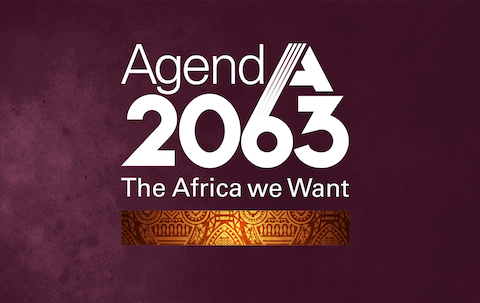
Agenda 2063 is the blueprint and master plan for transforming Africa into the global powerhouse of the future. It is the strategic framework for delivering on Africa’s goal for inclusive and sustainable development and is a concrete manifestation of the pan-African drive for unity, self-determination, freedom, progress and collective prosperity pursued under Pan-Africanism and African Renaissance.
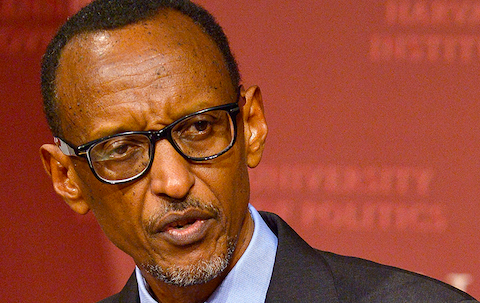
H.E. Mr. Paul Kagame, President of the Republic of Rwanda, was appointed to lead the AU institutional reforms process. He appointed a pan-African committee of experts to review and submit proposals for a system of governance for the AU that would ensure the organisation was better placed to address the challenges facing the continent with the aim of implementing programmes that have the highest impact on Africa’s growth and development so as to deliver on the vision of Agenda 2063.


The AU offers exciting opportunities to get involved in determining continental policies and implementing development programmes that impact the lives of African citizens everywhere. Find out more by visiting the links on right.
Introduction
1. The African Court on Human and Peoples’ Rights (the Court) was established by virtue of Article 1 of the Protocol to the African Charter on Human and Peoples' Rights on the Establishment of an African Court on Human and Peoples' Rights, (the Protocol) to complement the protective mandate of the African Commission on Human and Peoples’ Rights (the Commission), with a view to enhancing the protection of human rights on the continent.
2. The establishment, it was believed, would fill the deficiency gap identified in the operations of the Commission; including the fact that the Commission can only render non binding recommendations. The main purpose for the establishment of the Court therefore was to ensure the effective protection of human rights on the continent.
3. For the Court to achieve the purpose for which it was established, it must involve the different human rights actors, in particular; individuals, NGOs and States Parties to the Charter and the Protocol. These actors must understand not only the existence of the Court, but also its importance, how they can utilize it to seek remedy for human rights violations and such other information as may be useful.
Since the adoption of the Protocol in June 1998 (more than twelve years ago), only twenty six (26) of the fifty four (54) Member States of the African Union have ratified it, and only five (5) States Parties to the Protocol have made the Declaration under Article 34(6) thereto, allowing individuals and NGOs direct access to the Court. These State Parties are Burkina Faso, Ghana, Malawi, Mali and the United Republic of Tanzania.
4. As at July 2012, the Court had received twenty (22) applications on contentious matters, thirteen (13) of which have been disposed of and nine (9) are pending. The Court has also received three (3) requests for advisory opinion two (2) of which have been disposed of and one (1) is pending.
5. It is not certain why all fifty four Member States of the African Union have not ratified the Protocol and make the Declaration. The low level of ratification may be due to lack of institutional capacity at domestic level, or in some cases, lack of information. In some instances, a State may require just information to enable it initiate and/or finalize the ratification or declaration process.
6. Experience from other regional human rights bodies, including the African Commission and the African Committee of Experts on the Rights of the Child shows that very few people know about the existence of these institutions, let alone, how they can access them. The situation may not be different with respect to the Court. It is probably the case that the majority of the people the Court was established to serve do not know about its existence, let alone, how they can access it.
The success of the Court as a human rights protection mechanism would require much wider ratification of the Protocol by Member States, as well as their acceptance of the competence of the Court by making the Declaration under Article 34(6). This ‘universal’ ratification will give the Court the legitimacy it needs to effectively discharge its mandate. It will also demonstrate the commitment of States Parties to the protection of human rights and bring renewed hope to the people that perhaps, the protection of human rights is no longer business as usual.
7. The effective protection of human rights on the continent therefore requires the involvement of all the key stakeholders, including in particular, the general population, NGOs, NHRIs and Member States themselves. One way to involve these stakeholders is to engage them in dialogue, through meetings and other awareness and sensitization activities to address them about the Court, in particular, on its establishment, mandate, relevance to the protection of human rights and to national and regional development as a whole, as well as on the role each stakeholder can play or should play to ensure the effective protection of human rights in general and the effectiveness of the Court in particular.
8. The Court thus decided to engage in a sensitization programme across the continent to create awareness. In March 2011, the Court held a continental conference in Lilongwe, Malawi and since then has undertaken sensitization missions to eleven (11) State Parties to the Court’s Protocol. With a view to sensitize stakeholders in a regional or sub-regional reach, the Court decided to organize the sensitization missions at the regional level.
Aims and Objectives
9. The main objective of the sensitization seminars is to enhance the protection of human rights in Africa.
10. The specific objectives include:
-Raising public awareness about the Court;
-Encouraging the deposit of the Declaration under Article 34(6) of the Protocol of the Court;
-Sensitizing would-be applicants on how to access the Court and the procedures before the Court; and
-Encouraging the public to utilize the Court in settling human rights disputes
-Encouraging the utilization of the Court to render advisory opinions.
